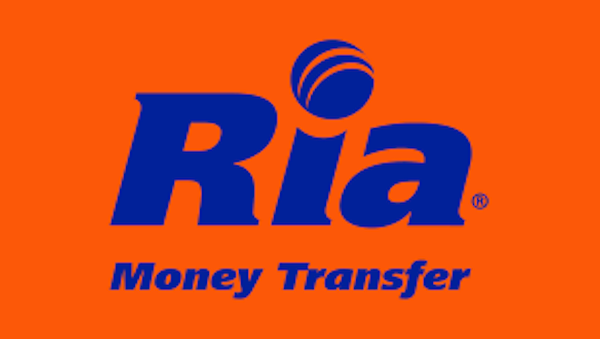Big banks in the US just laid a new challenge to their competition in the field of peer-to-peer money transfers. After six years of developing the infrastructure, they recently launched Zelle, a sleekly branded, fast and free service that’s designed to appeal to Millennials and chip away at the popularity of mobile payment apps like Venmo. Consumers can use Zelle for small, casual payments (primarily less than $100) within the US, such as splitting a restaurant check and paying a babysitter or dog-walker.
Origins in an Earlier Online Money Transfer System
Zelle’s history goes back to 2011, when Bank of America, Chase, and Wells Fargo formed clearXchange, a direct account-to-account transfer system that eliminated the need to first move money into a separate account. In 2015, clearXchange was acquired by Early Warning Services, a fraud-management company that is based in Scottsdale, AZ and owned by a consortium of 7 major financial institutions, including the 3 who founded clearXchange.
At the time of acquisition, clearXchange was the largest bank-focused person-to-person payment network in the U.S., with 20 million registered users from more than 7,500 financial institutions. However, it had problems that prevented it from fully capitalizing on market demand. First of all, the interface was clunky and didn’t excite savvy users who had come to expect a more streamlined experience. Secondly, its branding and features varied by bank. It wasn’t obvious that a person using one bank could easily make a transfer to someone using a different bank.
An Improved Mobile Payment User Experience
To address these issues and unify the brand, Early Warning Services built Zelle atop clearXchange’s infrastructure. Sarah Grotta, director of the debit advisory service of Mercator Advisory Group claims, “There are advantages to [having] all Early Warning platform users [on] the same Zelle branding, as consumers will immediately understand that they can then transact with someone else who is also a Zelle user.”

The name Zelle derives from gazelle, an animal that signifies elegance and speed. The service’s elegant interface centers around only two actions: “send” and “receive.” (Zelle doesn’t include any type of social feed, such as the one Venmo offers that enables users to share payment histories.) As for speed, money transferred via Zelle will be available immediately, a feature that both senders and receivers value. Other services require at least a day to process payments, although Venmo plans to allow instant withdrawals later this year.
To send money to almost anyone with a US bank account, all you need is their email address or mobile number. The sender enters the amount they want to send, and the recipient receives notification explaining how to complete payment.
Competitive Advantages in the Mobile Payment Space
While taking their time to launch this improved user experience, the big banks enabled other mobile payment services, like Popmoney, Square Cash, and ApplePay, to get a head start. The banks' biggest competitor, Venmo, which is owned by PayPal, has experienced rapid and consistent growth over the past several years. Last year, it began processing merchant payments through “Pay With Venmo.”
But Zelle offers important advantages over the competition. Since the big banks are backing it, it boasts a bigger user network. For example, in 2016, Venmo processed $17.6B in peer to peer transactions versus $55B by the banks in Zelle’s network. Early Warning Services says that 86M people will soon have access to Zelle. Currently, there are 9 major financial institutions in Zelle’s network, including Chase, Wells Fargo, Bank of America, and CapitalOne, and many more have signed on with plans to launch in the future.
In addition, banks have a built-in base of customers whose trust they have already earned. Customers will not have to download a separate app to use Zelle; it will be integrated into the banks’ own preexisting apps. Thus an extra hurdle to adoption is avoided. (Eventually, a Zelle app will be made available to users whose banks or credit unions aren’t yet in the Zelle network, so almost anyone with a US debit card will be able to participate.)
Even though Zelle may pose a daunting challenge to current leaders of the mobile payments market, analysts think that there is plenty of room for multiple services. Michael Moeser, the director of payments at Javelin Strategy, says “I don’t think this is a winner-take-all scenario.”








